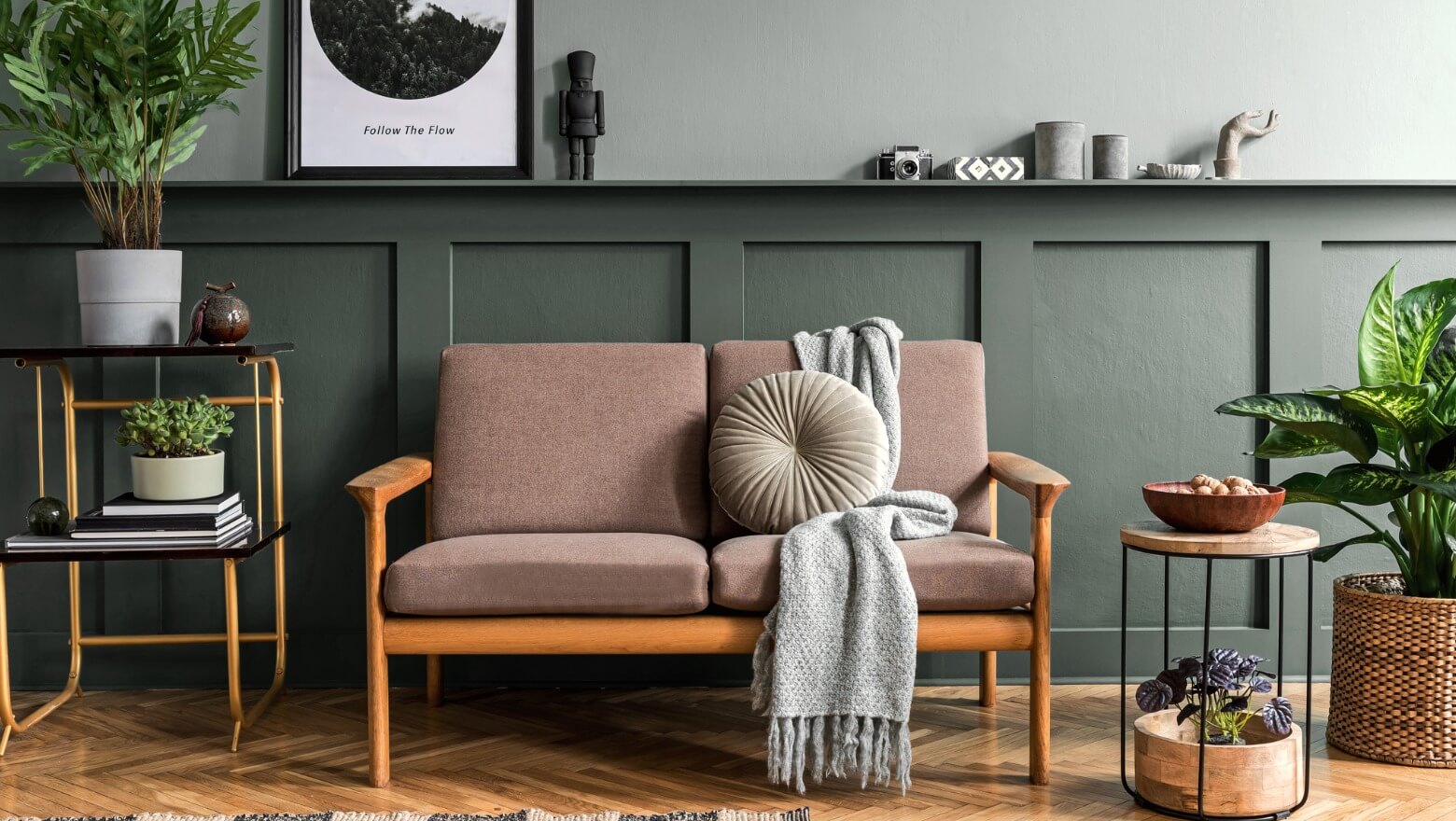Home staging has become a vital tool in the real estate market, helping sellers showcase their property in its best light to attract potential buyers and achieve a quick and lucrative sale. Effective staging involves strategically arranging furniture, enhancing curb appeal, and creating a welcoming atmosphere that appeals to a broad range of prospective buyers. Here are essential techniques and insights to master the art of home staging for a quick sale:
Understanding the Importance of Home Staging
Home staging goes beyond basic cleaning and decluttering; it aims to highlight the property’s strengths, minimize its weaknesses, and create an emotional connection with potential buyers. Properly staged homes often sell faster and at a higher price compared to unstaged properties, making it a worthwhile investment for sellers looking to maximize their returns in a competitive real estate market.
Depersonalizing and Decluttering
The first step in effective home staging is to depersonalize the space and remove clutter. Personal items such as family photos, memorabilia, and excessive decorations should be packed away to allow buyers to envision themselves living in the home. Clear countertops, shelves, and floors to create a sense of spaciousness and cleanliness, which are appealing to prospective buyers during home tours and inspections.
Enhancing Curb Appeal
The exterior of your home creates the first impression for potential buyers, so it’s crucial to enhance curb appeal through landscaping and maintenance. Trim bushes and trees, mow the lawn, plant colorful flowers, and clean or paint the front door and shutters to create an inviting entrance. Address any exterior maintenance issues such as peeling paint, broken pathways, or damaged fences to ensure a positive first impression.
Optimizing Furniture Arrangement
Arrange furniture to create functional and visually appealing living spaces that highlight the home’s flow and layout. Use appropriately sized furniture that fits the scale of each room, leaving enough space for easy movement and showcasing architectural features like fireplaces or large windows. Arrange seating areas to encourage conversation and create focal points with strategically placed artwork or accessories.
Maximizing Natural Light and Space
Natural light enhances the perceived size and atmosphere of a room, so maximize daylight by opening curtains or blinds and cleaning windows to allow sunlight to flood the interior. Use mirrors strategically to reflect light and create a sense of openness. Ensure rooms feel spacious by removing unnecessary furniture and accessories that can make spaces appear cramped or cluttered.
Neutralizing Color and Decor
Neutral colors create a calming and universally appealing backdrop that allows buyers to imagine their own style and furnishings in the home. Consider painting walls in neutral tones such as soft whites, grays, or beige to freshen up interiors and create a cohesive flow from room to room. Use accent colors sparingly through accessories like throw pillows, rugs, or artwork to add personality without overwhelming potential buyers.
Highlighting Key Features
Draw attention to the home’s unique features and selling points such as architectural details, built-in shelving, hardwood floors, or energy-efficient appliances. Arrange furniture and accessories to showcase these features effectively during home tours and photography sessions. Emphasize functional spaces like kitchens and bathrooms by keeping countertops clear and displaying fresh towels or decorative items sparingly.
Creating Inviting Atmospheres
Set the stage for a welcoming atmosphere by incorporating soft textures, fresh flowers, and subtle scents throughout the home. Arrange seating areas with plush cushions and throws to create cozy nooks that invite potential buyers to linger. Use natural elements like plants or botanical prints to bring a sense of freshness and vitality to living spaces, enhancing the overall appeal and ambiance of the home.
Professional Photography and Virtual Tours
Invest in professional photography and virtual tours to capture the staged home’s best angles and features. High-quality images and immersive virtual tours allow prospective buyers to visualize themselves living in the space, making a compelling first impression online and encouraging them to schedule in-person visits. Ensure photos accurately represent the staged home’s atmosphere and highlight its most appealing aspects.
Staging for Different Seasons and Markets
Adjust your staging approach based on the season and local real estate market trends. In warmer months, emphasize outdoor living spaces and gardens, while colder months may focus on creating cozy interiors with warm colors and textures. Stay informed about current market conditions and buyer preferences to tailor your staging efforts effectively and maximize interest in the property.
Maintaining Staged Spaces
Once staged, maintain the cleanliness and organization of staged spaces throughout the listing period. Regularly vacuum carpets, dust furniture, and touch up paint or decor as needed to ensure the home remains in showcase condition for scheduled showings and open houses. Monitor feedback from real estate agents and potential buyers to make adjustments if necessary to enhance the staging’s effectiveness.
Effective home staging is a powerful strategy for attracting buyers, maximizing the sale price, and minimizing time on the market. By depersonalizing and decluttering, enhancing curb appeal, optimizing furniture arrangement, and creating inviting atmospheres, sellers can present their property in its best possible light. Whether through professional staging services or DIY efforts, investing in staging can significantly impact the selling process and lead to a successful sale in the competitive real estate landscape. By mastering these staging techniques, sellers can confidently navigate the home selling journey and achieve the best possible outcome for their property sale.

